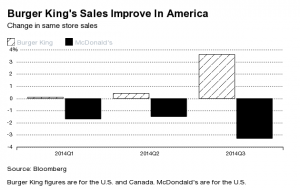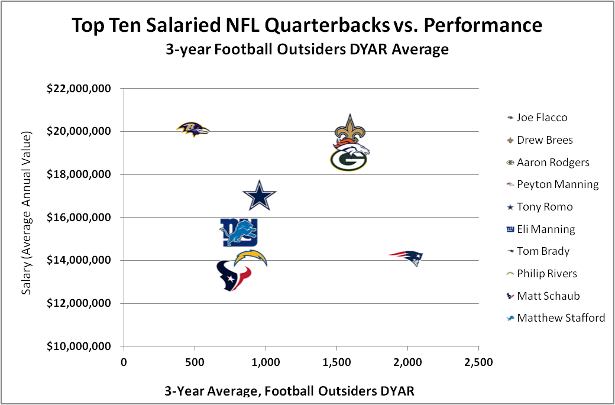During our first 2 weeks of class, I have been assessing how my company handles project management, and where to find our PMO group. Regrettably, our company does not have a dedicated group that handles all our company’s projects. This led myself to re-assess how our company operates under its current organization, which based on our customer needs, Hotwire serves to be a fun, spontaneous travel site that attracts advantageous travel geeks. Our goal is to develop a great travel experience, and this hinges on product development. Product development has similarities with project management, developing a scope, executing on the deliverables, quality control, and completion. So I searched what was the main difference between these organizational groups, and found an article that describes how a product manager sees the difference (listed at the end of this post).
The article discuss the differences between product and project management. Product management is “focused on the end-to-end life cycle of an identified value-proposition”, and I see this group supporting an on-going goal. Ultimately, product managers serve the purpose of delivering products to its customers. The article breaks down project management simply as having a “narrower scope, delivering an outcome defined by someone else”, and which gives the impression that project managers have a purpose based on around strategic decision makers. The article gave me the impression that product managers are miss understood, and should have a clearer view of their role in the organization.
So, I as reflect on the author’s view of product management and project management, I see the similarities with my own firm, but in the reverse. Project managers have an unclear role in our organization because of how our company organizes it’s priorities around product development. As a Hotel Account Manager, I work closely with our product teams, who oversee different functionalities on our site. These functionalities include product placement, special tagging, promotion features, and specialized amenities (like free parking or complimentary breakfast). In addition to these different product types, our product teams are organized into different categories like mobile, supplier tools, content, pricing and email marketing.
When it comes to our company’s project managers, they are involved in new product releases, technology conversions, and having ownership over key initiatives. Some of these initiatives are related to our companies score card that track different strategy goals, and our project managers are either key senior managers or proven contributors assigned to a special project. To give further insight, our team assigned one of Regional Managers a project to oversee a conversion of a sister travel site. Our Regional Manager led the project for 3 months, and after completing the project, continued to manage his region. Ultimately, I believe our company is set up for success, but I wonder how we could be a better organization with a dedicated PMO team.
Does anyone see a similar project management set up with their organization?
http://www.jtpedersen.net/2013/01/25/whats-the-difference-project-manager-vs-product-manager/






